Carl XII's Oak
An ancient tree that was once the favorite of a young Swedish royal.
Sweden is home to scores of mighty oaks, many of them ancient, twisted, and, in some cases, dying. The reason there are so many is due to a centuries-old law that forbade the felling of oaks because of their value for shipbuilding. All Swedish oaks were considered to be the property of the crown. Though these days, this law is no longer upheld, many old oaks still fall under the natural monument law. As a byproduct of their impressive age, many of these oaks have a story tied to them. Perhaps one of the most notable is the oak of King Charles XII.
This ancient oak is now sadly dead. Its branches have been removed and only the trunk, which measures some 20 feet around, remains. But the trunk has been preserved because of its connection to King Charles XII, who reigned from 1697 to 1718. When Charles—often known as Carl–was a boy, he and his sisters moved to Karlbergs Slott (Karlberg Palace) after their main palace burned down.
Karlbergs Slott was built in 1630, but the royal family did not move in until the end of the 17th century. The young prince Carl spent much of his free time hunting in the nearby forests and exploring in the palace gardens. His favorite oak tree stands in the southwestern part of the palace park. It is the only tree that dates back to this time of Carl XII, and because of that was designated a natural monument.
Also on the grounds of Karlbergs Slott is the grave of Pompe, Carl’s beloved childhood dog.
Know Before You Go
The oak is in the west side of the garden behind the palace, right along the road. You can't miss it.

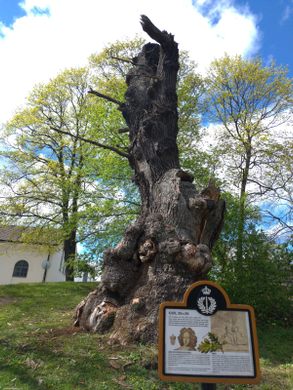
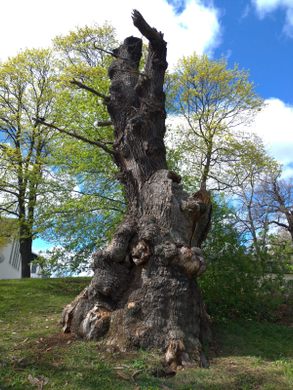
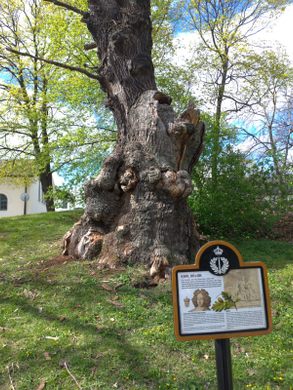
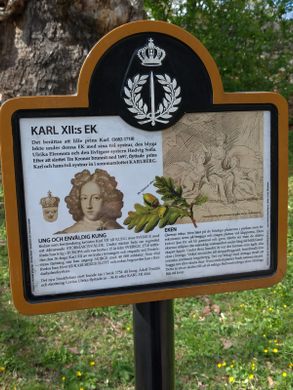


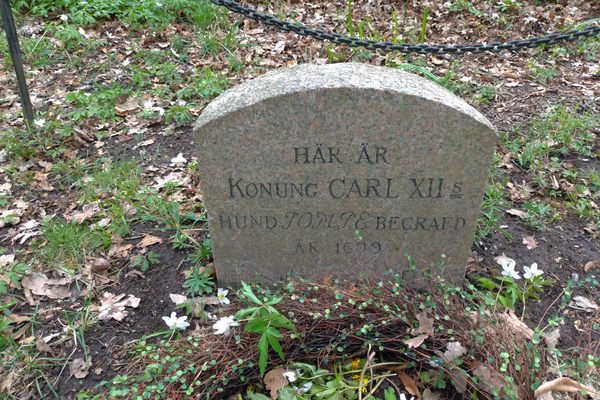



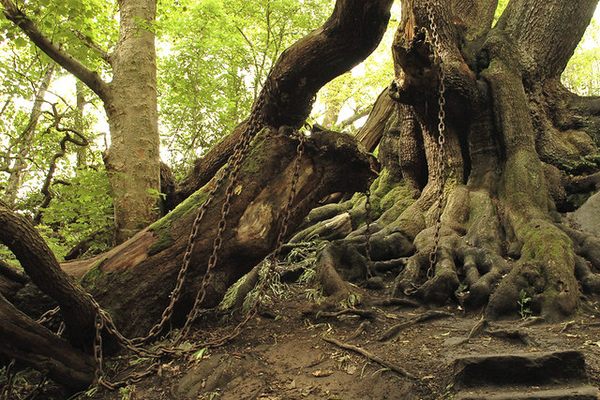




Follow us on Twitter to get the latest on the world's hidden wonders.
Like us on Facebook to get the latest on the world's hidden wonders.
Follow us on Twitter Like us on Facebook